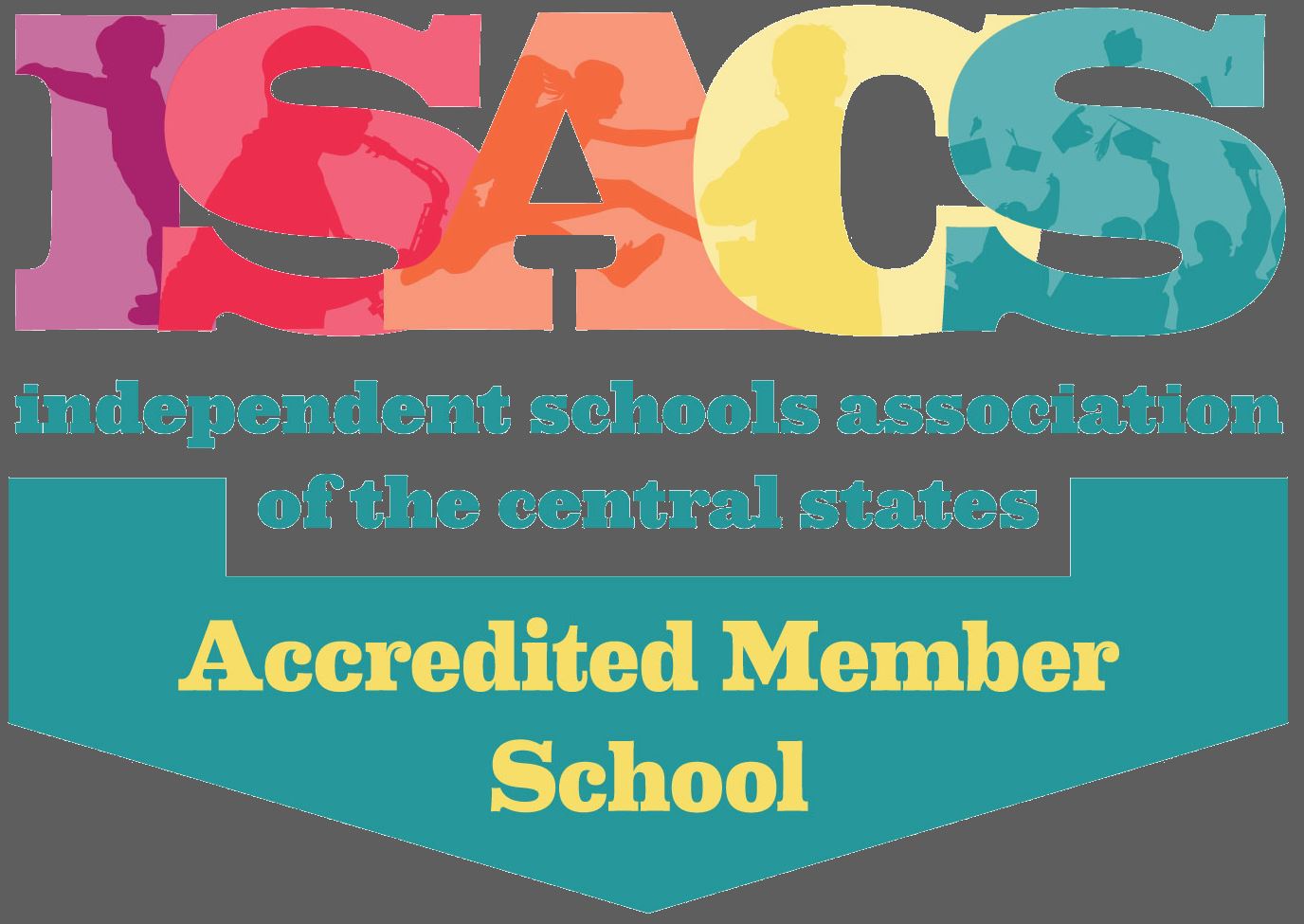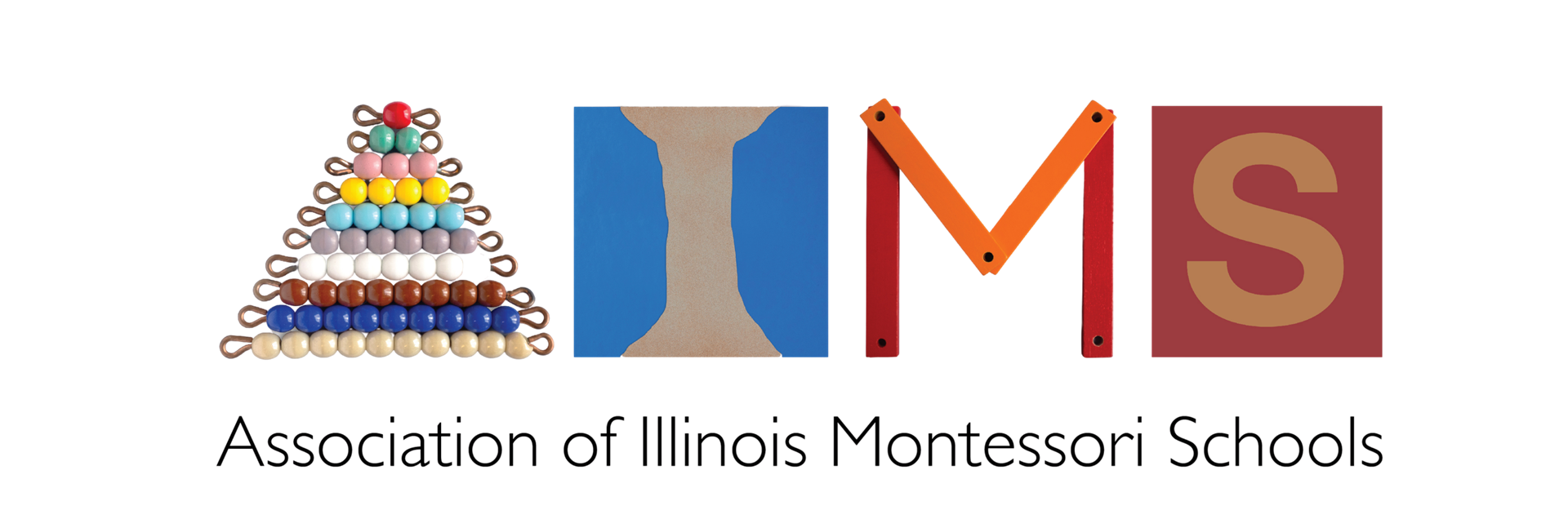< Watch more Montessori Defined
Montessori Defined: Valorization
"All of the work during this period will shift the plea of the child… from “Help me to do it myself” to the plea of the adolescent in the period of valorization, “Help me to think for myself”"
Dr. Maria Montessori
Maria Montessori’s concept of Valorization is the term for an adolescent’s process of becoming a strong and worthy person, when they realize they are useful and capable of effort. But when do these concepts begin forming in a child? For Siobhan Moffitt, Children’s House Teacher, these roots form as very young children in the Montessori Education as they are continually in the cycle of independently watching, trying, and mastering in the classroom as a very young child.
“Valorization ties middle school and early childhood together as these two stages of development mirror each other. Middle School is even referred to as a second childhood,” explains Moffitt. “This concept of capability is everywhere in a three to six-year-old classroom. Starting from when the children come down the hallway – they are responsible for taking off their coats and hats, hanging them up on their hooks, and changing their shoes. They are constantly receiving the message that they can do these things, they can learn to zip their coats, and they fasten their shoes. In the classroom, a clear and direct example one can observe is the fact that we only have one of everything in the classroom. The children, without needing much clarification, realize that they have to learn to wait for things, and if they're really intent on working with something but another student has it out, they have to problem-solve.”
That sense of capability is seen in how the three to six-year-old students process what action to take when they need help. If the teacher is not available, they ask, ‘what else can I do to help myself do this?’ One of the great benefits of mixed-age classrooms is when students realize that the teachers are not the only people that can help them.
“The younger students don't always understand that when the teachers are in a presentation, they need to find another resource, perhaps a friend,” says Moffitt. “Over the three-year cycle, they gently begin to depend on each other and be depended on as well. They become that friend who can help and feel pride in helping another child on work that one has mastered. This builds self-confidence that grows and feeds into the growth of Valorization.”
Moffitt also reflects on the open-mindedness of Valorization in the Children’s House Program. As the teacher demonstrates work for a student, they present to each child with consistency. The student will then take that work and experiment and work on it on their own, guided by the self-correcting properties of Montessori materials. As opposed to a traditional setting, where the teacher has to come and check the work of a student and correct it, our children are getting continuous feedback from the material and automatically getting the message that they are the ones that are figuring this out on their own. The teacher shown them, but now they get to experiment with the work.
“I am constantly amazed by the creativity our students show as I see them working on something and thinking that I never even approached the material in that way,” says Moffitt.
As the student works through the preschool and elementary programs, their thought process begins concretely — working with a material in a way that guides them to being open, experimental, find new ways to manipulate it, and to learn from it. As they enter their adolescent years, they shift to adult learning techniques of reading, discussion, and application and also to conflicts and development of personal dignity, social justice, and belonging.
“I see in this continuum that when preteens hear something that might be disturbing or they don't understand, on the news, in class, in their community, they have that ability to know that ‘I’m taking this in, I'm thinking about it, I’m gathering more information and talking to adults and my peers, all before I react or make a decision,” summarizes Moffitt. “Creating that ability for open-mindedness to address the concrete works in preschool is definitely reflected later in their development in abstract thought.”





